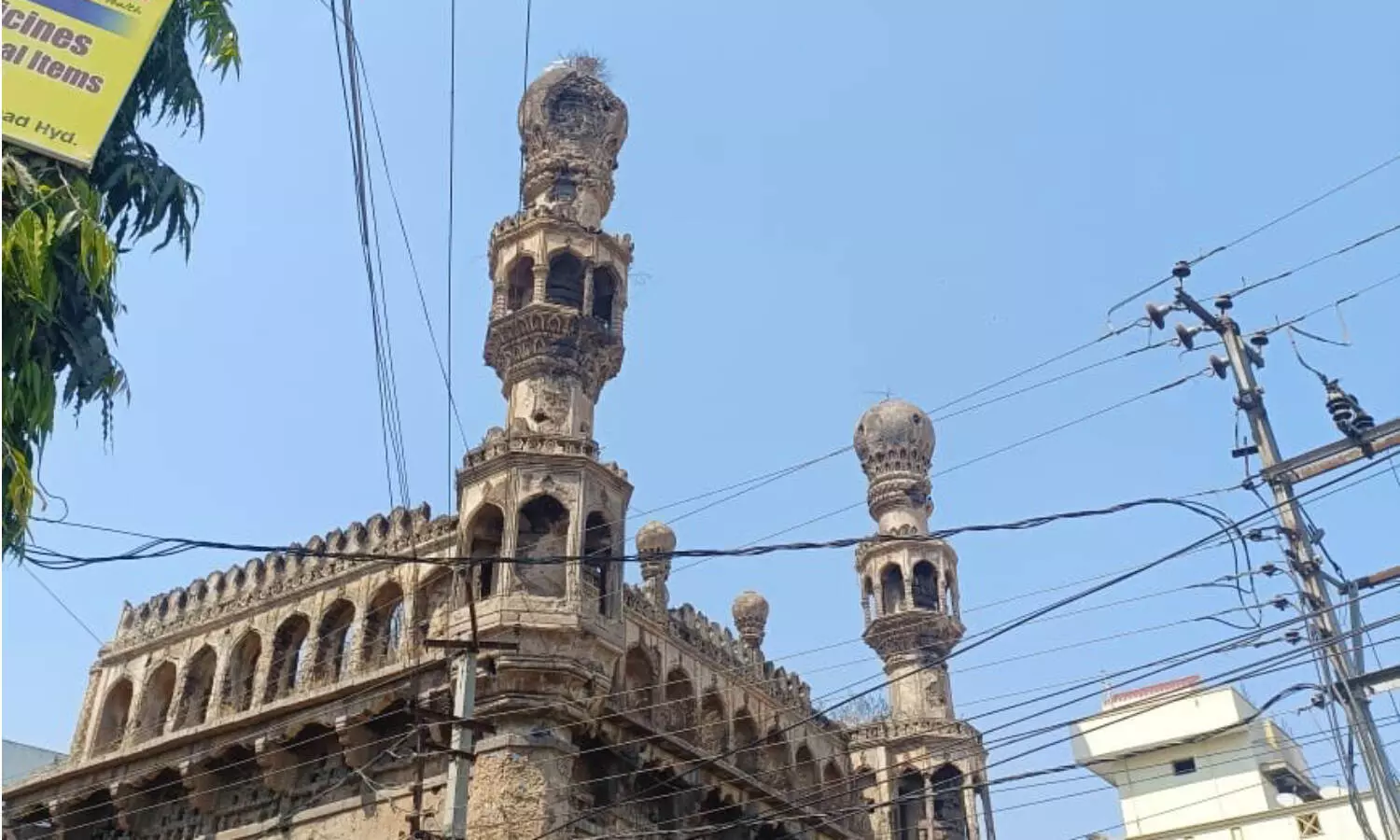After 40 years, Hyderabad’s 400-year-old Shaikpet Mosque set to be restored and reopened
The mosque is listed as a Protected Monument under the Department of Archaeology and Heritage and locals urge restoration and reopening for prayers
By Anoushka Caroline Williams
Hyderabad: 400-Year-Old Shaikpet mosque to be restored and reopened
Hyderabad: After forty years of neglect and multiple complaints, the 400-year-old Shaikpet Mosque in Hyderabad is set to be reopened and restored.
The decision follows a representation by senior Congress Leader and vice chairman of TMRIES, Faheem Qureshi, to Telangana’s Tourism and Archaeology minister Jupally Krishna Rao.
Call for access to worshippers
Advocates for the mosque’s restoration emphasise the need to allow regular prayers, stating that access is key to maintaining the monument.
Speaking to NewsMeter, Dr Haseeb Jafferi, cultural curator at SufiTrails, highlighted the importance of reopening the mosque for worship.
“The only way to maintain this monument is to grant access to regular Muslims for prayers. The local Muslim population has been requesting access for a long time, but it has been denied for some time now,” he said.
Structural damage over the years
The mosque has suffered significant structural damage due to neglect. A few years ago, heavy rains led to the collapse of a pillar. Additionally, parts of the structure have deteriorated, and garbage is being dumped near the site, disrespecting its heritage value.
“The mosque has become dilapidated, and parts of the structure are falling. It is in close proximity to the historic Golconda Fort and could attract tourists, but its current condition is alarming,” said Faheem Qureshi.
Proposed scientific restoration
Heritage experts have recommended a planned and logical restoration process to preserve the mosque’s original Indo-Iranian or Qutb Shahi architectural style. Dr. Haseeb Jafferi emphasised the importance of expert-led conservation efforts.
“Once access is granted, restoration should be undertaken with proper planning and expert advice. The Aga Khan Foundation has already conducted years of research on similar tile samples and restorations from the same era. Their expertise could be replicated here to maintain historical accuracy,” he said.
He warned against superficial restoration methods, adding, “It would be unfortunate if a quick-fix concrete restoration is done instead of a proper scientific approach.”
Potential as a tourist attraction
Experts believe the mosque could become a significant historical landmark if restored correctly. The mosque’s pillars were originally turquoise blue-green, and some surviving tiles still indicate this colour.
“If restored, this mosque could resemble those in Isfahan, Iran. It could become an eye-catching monument similar to the recently restored green-glazed dome of Mohammed Qutb Shah, son-in-law of Quli Qutb Shah, the founder of Hyderabad,” said Dr Haseeb Jafferi.
Government intervention needed
The mosque is listed as a Protected Monument under the Department of Archaeology and Heritage, Government of Telangana, and its records are also present in the Waqf Gazette (dated 01.07.1982, Page No. 50, Entry No. 218).
Faheem Qureshi has urged the government to allocate funds for a proper scientific restoration process. “The conservation and restoration of this monument is urgent. The government must not only grant access but also ensure proper restoration to preserve its historical and cultural value,” he stated.
The restoration project, if executed carefully, could help preserve an important piece of Hyderabad’s history while also addressing the long-standing demand for access to the mosque.